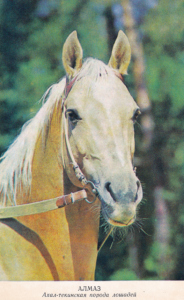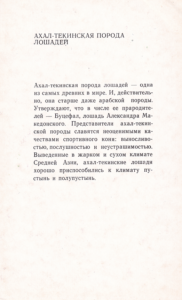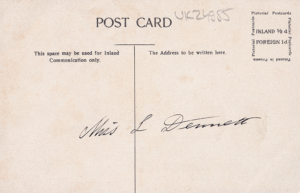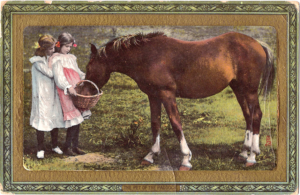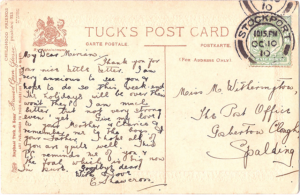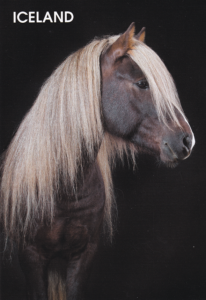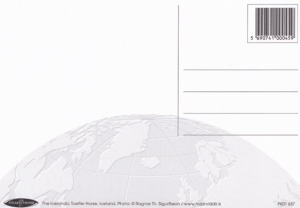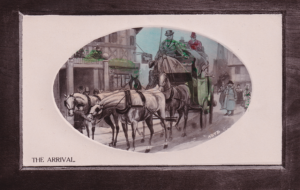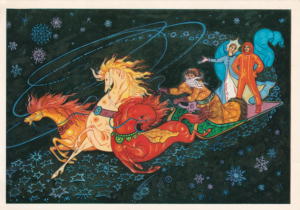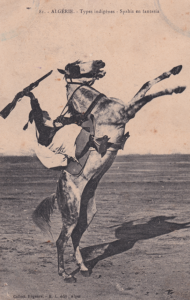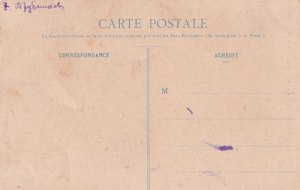History of the Bashkir People.
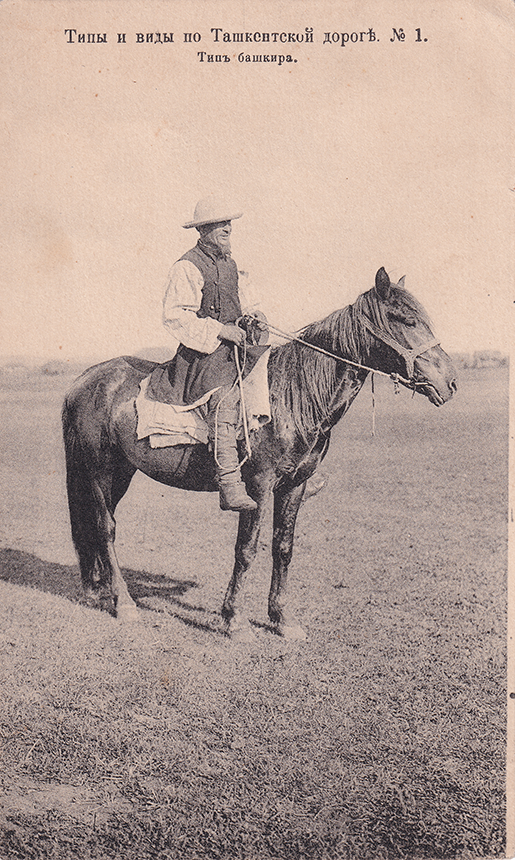
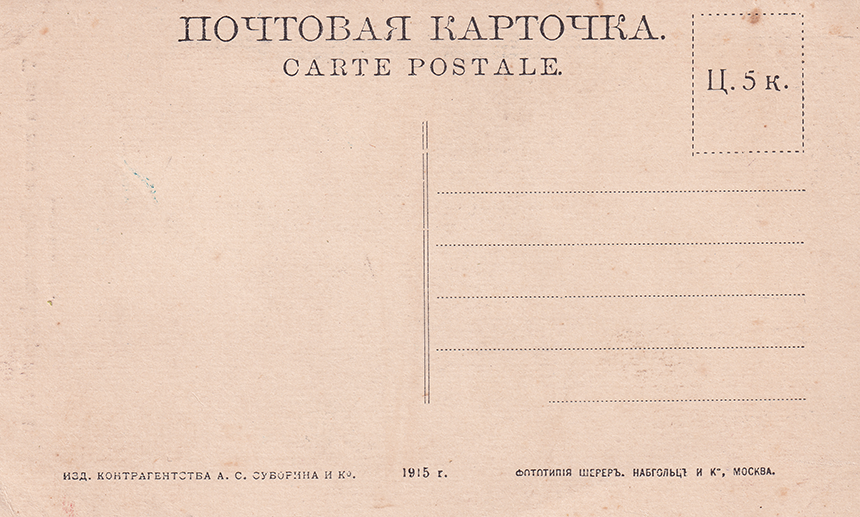
Reverse side of the postcard.
More information
History of the Bashkir People.
Bashkir, member of a Turkic people, numbering more than 1,070,000 in the late 20th century, settled in the eastern part of European Russia, between the Volga River and the Ural Mountains, and beyond the Urals. Their main territory is Bashkortostan, where they are far outnumbered by Russians.
The Bashkirs settled their land under the Mongol khanate of Kipchak from the 13th to the 15th century. In 1552 the area passed into the hands of the Russians, who founded Ufa in 1574 and thereafter began colonization of the area, dispossessing the Bashkirs. This led to many Bashkir uprisings, which were severely repressed. In 1919 the Bashkir Autonomous Republic was set up, among the first such republics in the Soviet Union.
In settling down they established themselves in fixed villages with houses of earth, sun-dried brick, or logs. They were formerly divided into patrilineal clans and tribes. These groups bore names that are remembered today but have lost most of their social significance. Formerly the Bashkirs were organized, reckoned kinship, ran their affairs, sought help, and regulated disputes within these clan and tribal structures. The village is the key social structure today. The religions of the Bashkir are Islām and the Eastern Orthodox rite.
Object data
Title
History of the Bashkir People.
Artist
Sherer, Nabgolts & Co., Moscow.
Founder
A.S. Suvorin & Co.
Date
1915.
Culture
Russia.
Classification
Postcard.

